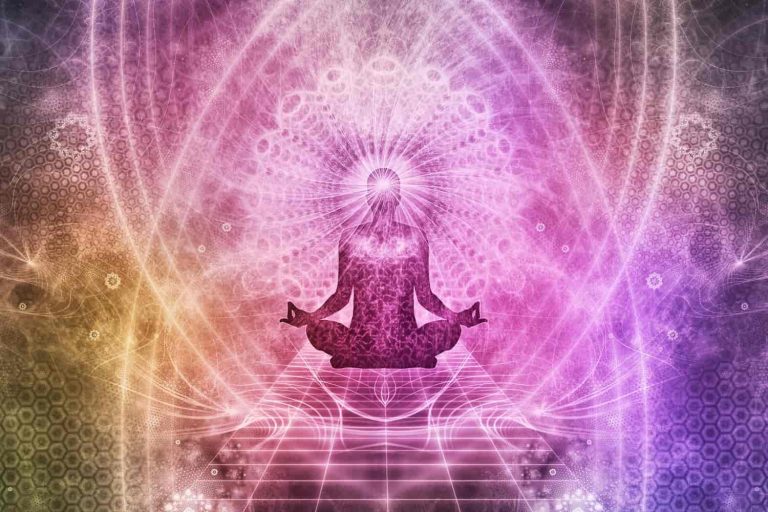Reiki is an ancient Japanese healing practice that involves the transfer of energy from the practitioner to the patient through the palms of the hands. This alternative therapy has gained popularity in recent years as a complementary treatment for various health conditions. In this article, we will discuss the history and principles of Reiki, its benefits, and how to receive and practice Reiki.
History of Reiki
Reiki was developed in the early 20th century by Mikao Usui, a Japanese Buddhist monk who wanted to find a way to promote healing in a non-invasive and natural way. Usui believed that there was a universal life force energy that could be harnessed and used to heal the body and mind. He developed a system of hand positions and symbols that could be used to channel this energy to the patient.
Principles of Reiki
The practice of Reiki is based on five principles, which are:
- Just for today, I will not be angry.
- Just for today, I will not worry.
- Just for today, I will be grateful.
- Just for today, I will do my work honestly.
- Just for today, I will be kind to every living thing.
These principles emphasize the importance of living in the present moment, letting go of negative emotions, and cultivating gratitude and kindness.
How Reiki Works
Reiki works by balancing the energy flow within the body. The practitioner places their hands on or near the patient's body in specific hand positions to transfer energy to the areas that need it the most. This energy transfer helps to remove any blockages in the energy pathways, promoting healing and relaxation.
Benefits of Reiki
Reiki has been shown to have a wide range of benefits, including:
- Reducing stress and anxiety
- Boosting the immune system
- Improving sleep quality
- Relieving pain and tension
- Promoting emotional healing
- Enhancing spiritual growth and self-awareness
Receiving Reiki
To receive Reiki, you can seek out a trained Reiki practitioner who will perform a session on you. During a Reiki session, you will lie down fully clothed while the practitioner places their hands on or near your body in specific hand positions. You may feel sensations such as warmth or tingling as the energy flows through your body.
Practicing Reiki
To practice Reiki, you will need to receive training from a qualified Reiki master. Reiki training involves learning the hand positions, symbols, and principles of Reiki. Once you have been trained, you can use Reiki on yourself or others to promote healing and relaxation.
Precautions and Risks
Reiki is generally considered safe and non-invasive. However, there are a few precautions you should take when receiving Reiki. If you have any medical conditions or are taking any medications, you should speak to your doctor before trying Reiki. Additionally, if you are pregnant, you should let your Reiki practitioner know so they can adjust the hand positions accordingly.
Conclusion
Reiki is an alternative healing practice that has been used for centuries to promote health and wellness. Its benefits include reducing stress and anxiety, boosting the immune system, and promoting emotional healing. Whether you receive Reiki from a practitioner or practice it yourself, it can be a powerful tool for improving your overall well-being.
https://vocal.media/styled/how-many-reiki-sessions-are-needed-understanding-the-healing-process
https://uberant.com/article/1907008-reiki-understanding-the-healing-power-of-energy/
https://articlezings.mystrikingly.com/blog/advantages-of-reiki-healing
https://www.theworldbeast.com/where-does-reiki-energy-come-from.html

